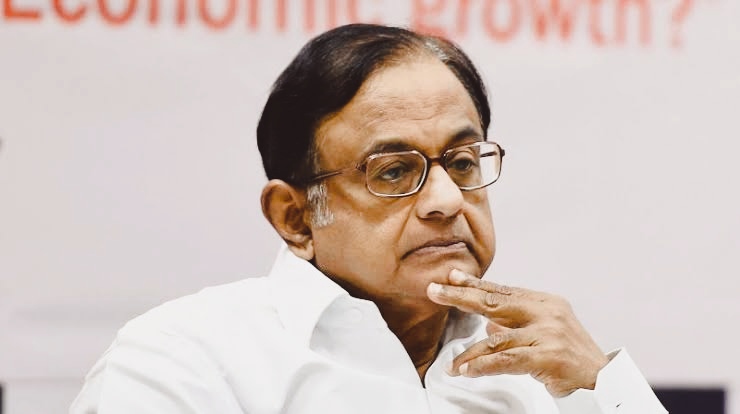New Delhi: The Indian Air Force has shifted its focus to revamp its fighter squadrons in preparation for the ‘Two Front War’. It is set to retire 15 fighter squadrons in a phased manner by 2035 and replace them with new fighter jets. Russian MiG variants will become history when the LCA Mark-2 enters service by the end of this decade. The expiring squadron consists of Mirages and Jaguars in addition to fighter MiGs.
The Indian Air Force plans to induct about 343 fighter jets by 2035, including 40 Advanced Medium Combat Aircraft (AMCA) Mark-1, 83 Tejas Mark 1A, 106 Tejas Mark-2 and 114 Medium Range Fighters. aircraft (MRFA). The Indian Air Force will retire 4 squadrons of MiG-21s during this period. The Air Force may buy 3 squadrons of Tejas Mark-2 based on the LCA trainer configuration, then the Russian MiG variant will be replaced by the medium-weight fighter jet Tejas Mark-2. The Air Force will retire 4 squadrons of MiG-21 Bison in a phased manner from this year to 2025.
Apart from this, the MiG-21 Bison, Mirage and Jaguar fighter jets are to be phased out by 2035. Six squadrons of Jaguar fighter jets will be retired in a phased manner from 2025 to 2032. Similarly, three squadrons of MiG-21 will be retired by 2024. Thereafter, three squadrons each of the Mirage-2000 and MiG-29 fleets would be phased out by the end of the next decade. DRDO has scheduled the first flight of Tejas Mark-2 in December 2024 and plans to build four prototypes by 2027. It is expected to be inducted into the Air Force fleet by the end of this decade.
Dr. V Madhusudan Rao, Project Director, LCA Tejas Mark-2 said that LCA Mark-2 is completely different from Mark-1 and Mark-1A. It is a new design and has enhanced its capabilities to replace the Air Force’s fleet of Mirage-2000, MiG-29 and Jaguar fighter jets. The aircraft can carry 6.5 tonnes of warheads and has 11 hard points while the Mark-I has seven hard points. He said the Mark-I will have an internal fuel-carrying capacity of 2,450 kL, while the Mark-II will have an internal fuel-carrying capacity of 3,320 KL. It will be able to carry 4700 kiloliters of fuel externally.





